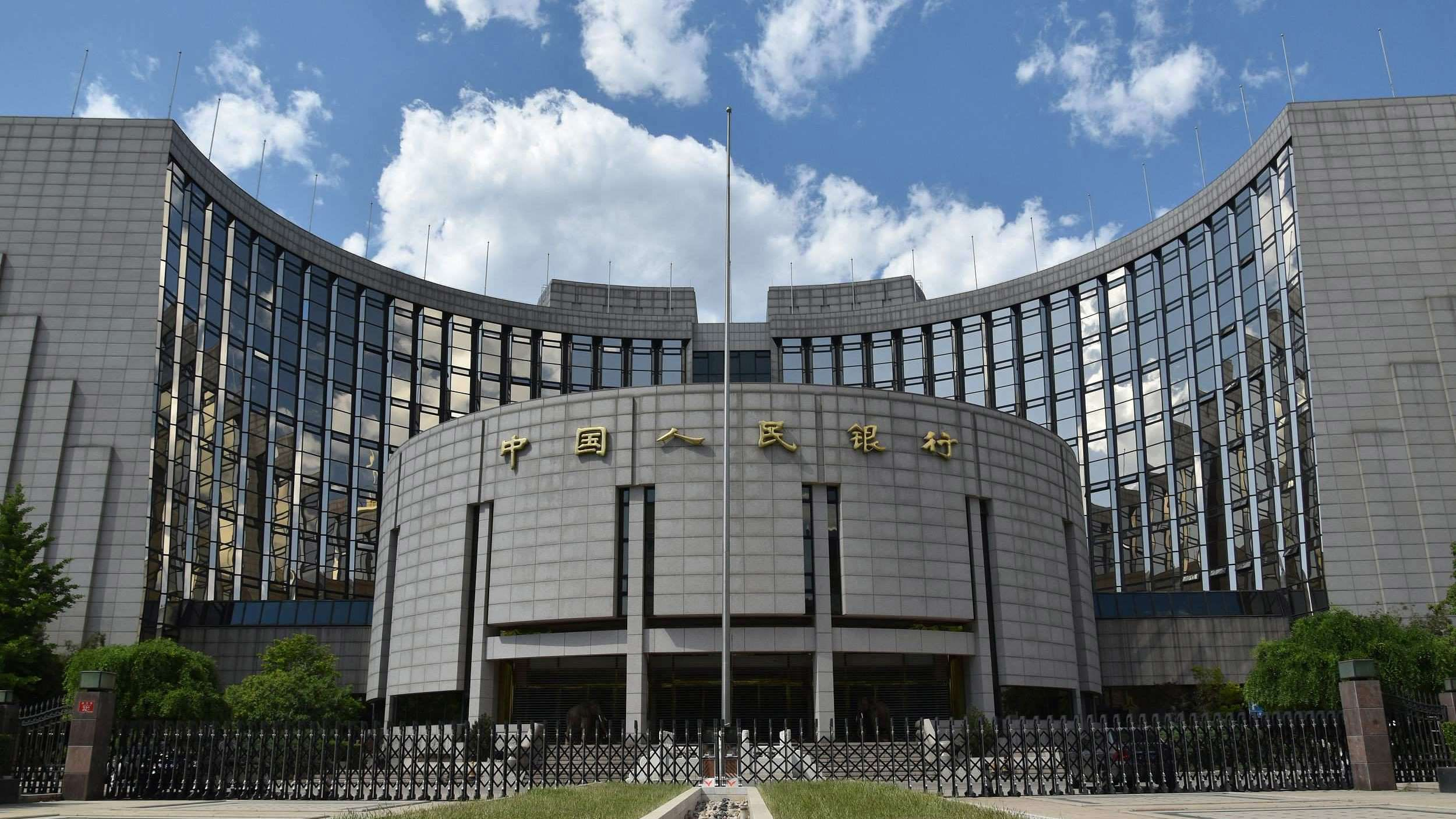
China's central bank will continue to support businesses affected by the coronavirus epidemic, including channeling structural monetary tools and releasing more liquidity, said vice governor of the bank.
The People's Bank of China (PBOC) will strengthen its counter-cyclical adjustments and enhance the use of re-lending and rediscount to lower financing costs for companies, Liu Guoqiang, the vice governor, told the Financial News in an interview on Wednesday.
The PBOC has injected relending funds of 300 billion yuan (about 42.7 billion U.S. dollars) to national banks and local banks in the worst-hit regions, and lowered the interest rate for the medium-term lending facility (MLF), a major reference rate for the loan prime rate (LPR), by 10 basis points.
These measures have effectively stabilized the market and strongly supported the epidemic prevention and control efforts. As of February 20, among the total 1,958 national key enterprises identified by the state planning authorities or local governments, 727 enterprises have obtained loans, said Liu.
The epidemic has affected China's economy in the short term and small businesses were hit hard given their large proportion of fixed expenditure, like wages and rents, and cash flow difficulties.
Read more: China to cut $71.3 bln insurance fees to help firms weather coronavirus period

The People's Bank of China. /VCG
The People's Bank of China. /VCG
Limited impact on credit growth in the long run
The epidemic would disturb the credit growth in the short term and consumer loans may temporarily decline as people reduced their spending on catering, entertainment, shopping, and tourism, said Liu. Also, the demand for loans related to manufacturing, infrastructure investment, and real estate investment will also be reduced.
However, in the long term, these negative effects will gradually fade given the positive progress of epidemic prevention and control and the resumption of production and business, said Liu.
The fundamental of China's high-quality growth is not changed, and credit demand is generally stable. For the whole year of 2020, the growth of monetary credit and social financing will continue to be compatible with economic development, said Liu.
RMB exchange rate has fluctuated in the short term
The RMB exchange rate has fluctuated and the U.S. dollar continued to strengthen due to rising risk aversion in the market affected by the epidemic. This year, the exchange rate of RMB against the U.S. dollar has depreciated by 0.7 percent. The CFETS yuan exchange rate composite index, known as the CFETS RMB Index, which measures the yuan's strength relative to a basket of currencies, has appreciated by 1.9 percent, said Liu.
China employed a floating exchange rate system based on the market supply and demand and with reference to a basket of currencies, so the market plays a decisive role in determining the currency exchange rate, Liu explained.
In general, the RMB exchange rate is at around 7 yuan to the dollar, floating in both directions. The impact of the epidemic on the economy is temporary, and the foreign exchange market can repair itself. In the long run, the trend of the exchange rate still depends on economic fundamentals, said Liu.
Liu also mentioned the central bank is also closely monitoring consumer prices, which could be disturbed by the epidemic. But there will be no long-term inflation or deflation given the basically balanced supply and demand and stable fundamentals.